Computing
Intent
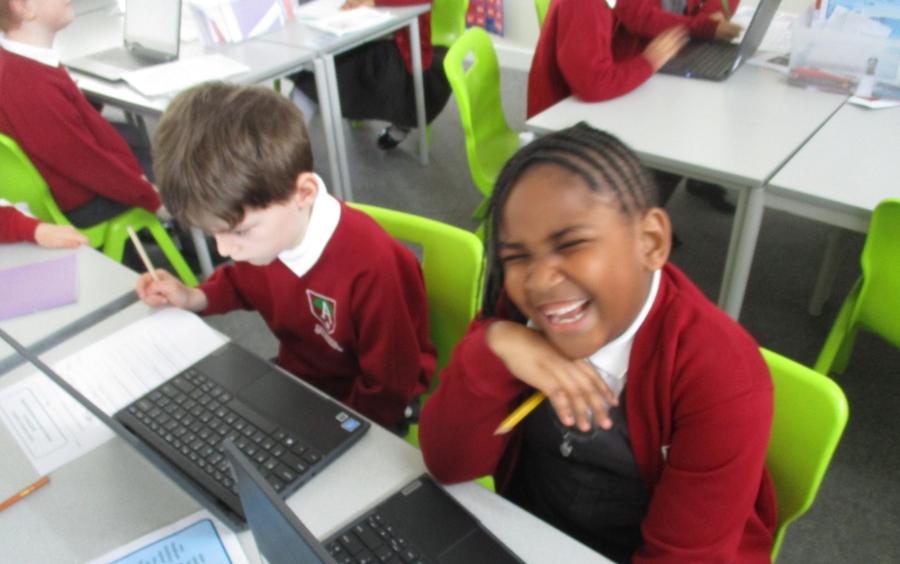
In our Computing teaching we aim to equip our pupils with the knowledge and skills required to meet future challenges. As a school, we hope to develop individuals with enquiring minds who are self-reliant and foster a life-long love of learning.
At The Alderton Infant School our aims in computing are:
• To provide a high-quality computing education which is fully inclusive and accessible to every child.
• To equip the children to become digitally literate in order to participate in the rapidly changing world where work and leisure are increasingly transformed by technology.
• To gain secure knowledge and skills which will encourage them to use ICT to develop ideas, express themselves, solve problems and become computational thinkers.
• To allow children to develop computer skills to enable them to become confident, creative and inquisitive learners who are able to be critical and challenge themselves. Our overarching aim is to build the foundations of these skills through EYFS to the end of KS1 to a suitable level in preparation for KS2 and looking even further for the future workplace and as active participants in a digital world.
Implementation
Our Computing Curriculum Map Overviews give the detail of each step in the Computing Curriculum and how they are distributed across each year group. Topics studied, build upon children’s prior learning, developing their skills and knowledge in each area of Computing. Progression lies in the acquisition of new concepts and deepening the understanding of those already encountered. The rate of progression will vary from child to child and has to be considered when planning the teaching and learning situations. Teachers use the Curriculum Map Overview document, and the Progression of Skills documents to plan for their class, taking into account specific children’s needs and current levels of assessment.
Our computing curriculum recognises that Computing is able to be taught both as a discrete subject as well as being woven cross-curricular. Many of the skills are transferrable which provides a wealth of learning opportunities across the curriculum subjects including art, D&T, maths, geography, science, PSHE and English.
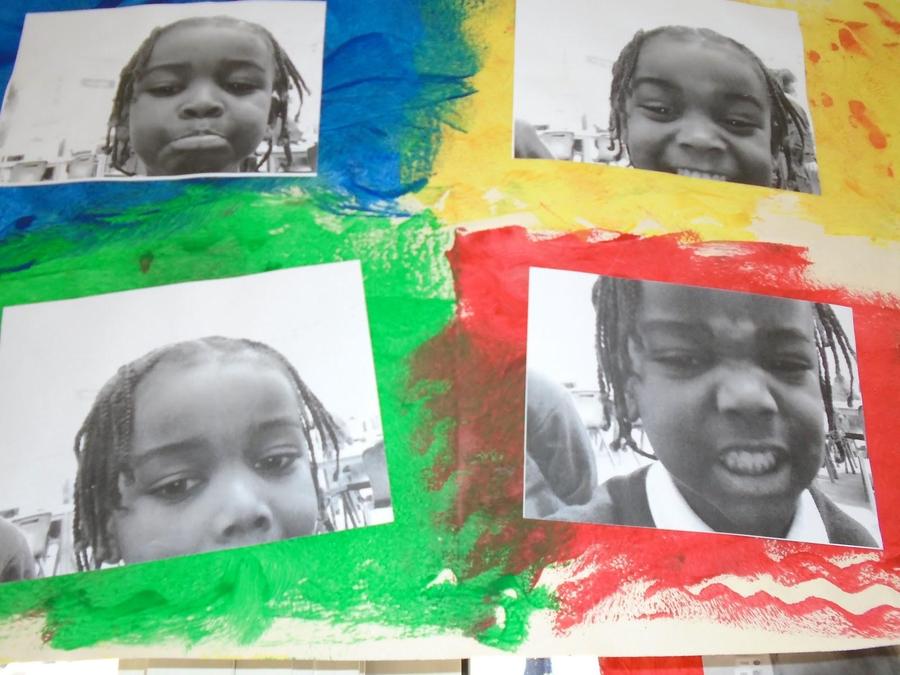
EYFS using technology to take selfies showing different feelings as part of PSHE work
EYFS
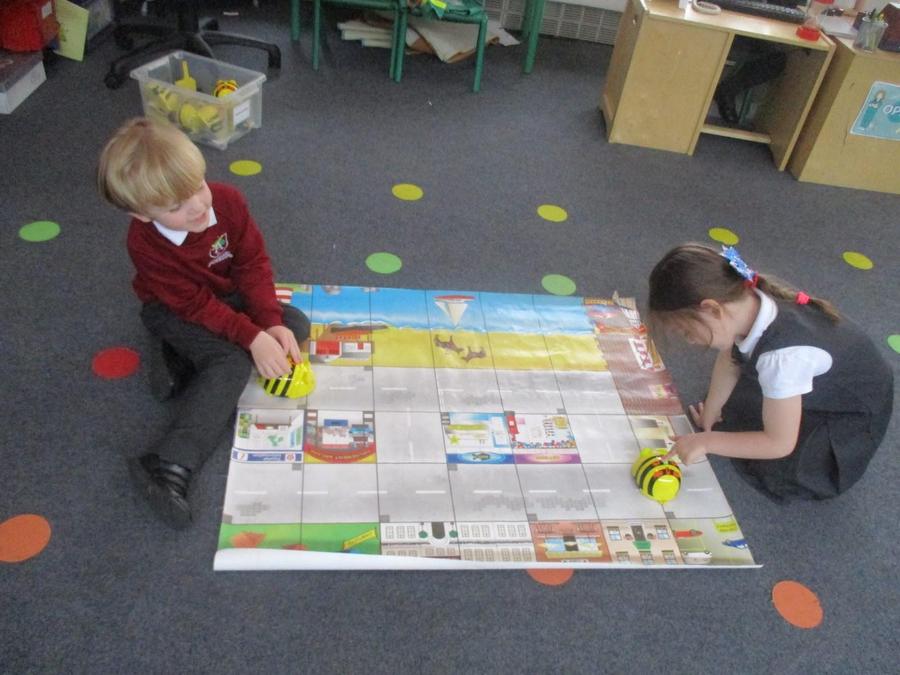
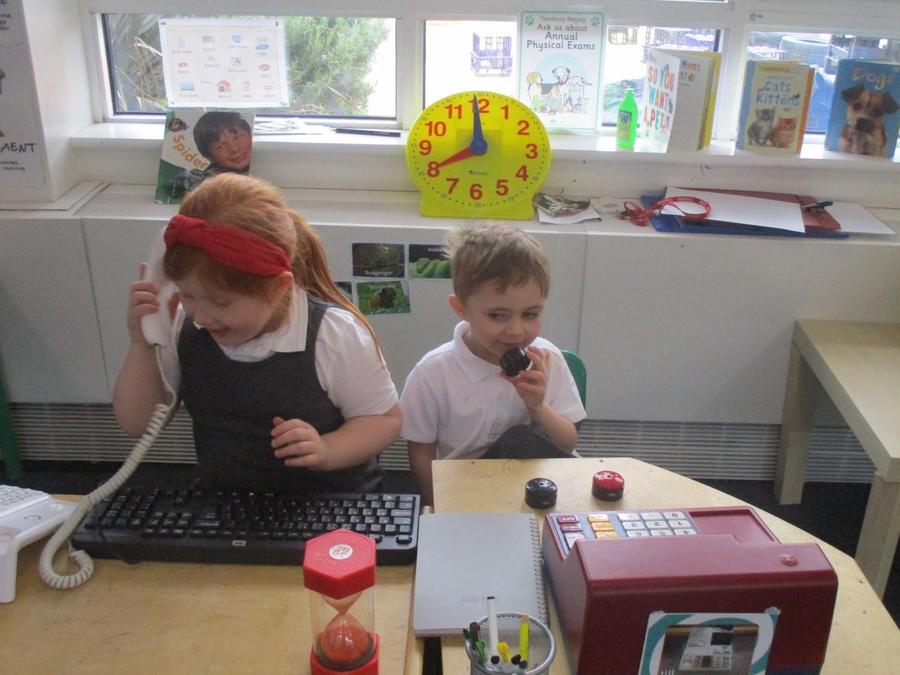
In Early Years, ICT is taught fluidly through the Early Years Curriculum. We are aware of how important a carefully planned environment is in Early Years. This is why each Early Years classroom is set up with age-appropriate ICT resources that are available at all times in the continuous provision.
These resources are enhanced throughout the year with other computing resources in line with the Computing Curriculum Map Overview. Children will begin to recognise that computing can be cross-curricular, by identifying technology resources in many areas of the continuous provision. Such as: Lift-the-flap books Computers, keyboards, iPads, Cameras, Phone in the Home Corner, Sound Recorders, Interactive Whiteboard and a range of computer software and apps.
The children will recognise that technology is used in the wider school when they go on an technology spotting walk. By the end of EYFS, children will be independent, confident users of technology to broaden their experiences. We believe it is important for children to be immersed in technology as computing represents the context in which young people are living today. They will become digital citizens!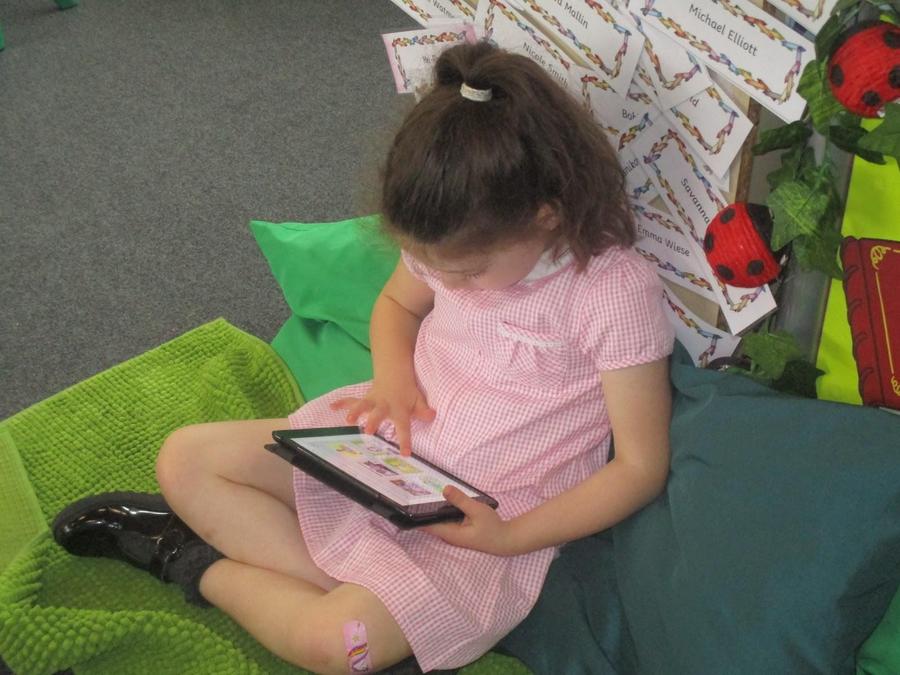
KS1
In KS1 computing is taught discretely and as regularly as possible in support of other areas of learning across the school. Our teaching implements the computing National Curriculum which is comprised of three main parts: Computer Science, Digital Literacy and Information Technology. Knowledge and skills are taught progressively, allowing the children to embed their learning over time.
Computer Science teaches the principles of information and computation. It involves creating and debugging simple programs using algorithms. At Alderton Infant School we introduce the language of Computer Science in different contexts. We begin with using precise verbal instructions (algorithms) to get a friend to a certain point across the room or explain how to make a sandwich. We then move on to using the Beebots and then creating their own game on Purple Mash 2code using coding. The children will need to ‘fix’ their games and Beebot programmes as they go wrong, ‘debugging’ their own algorithms.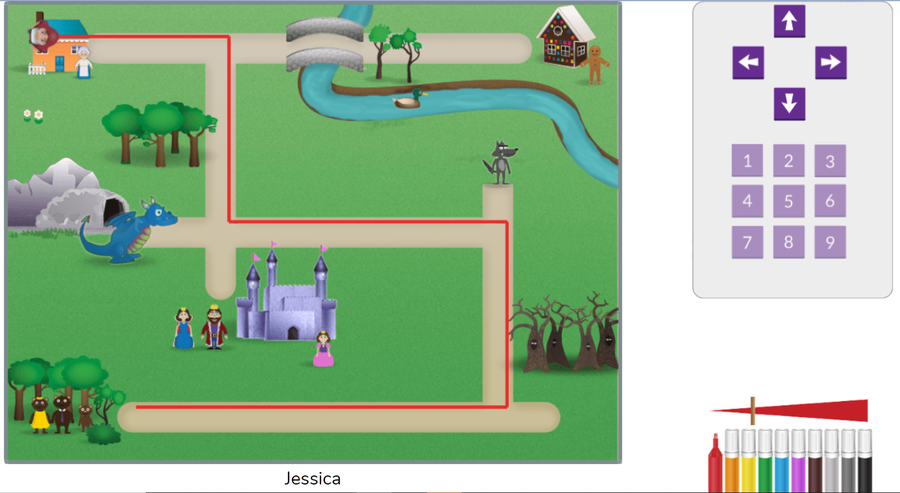
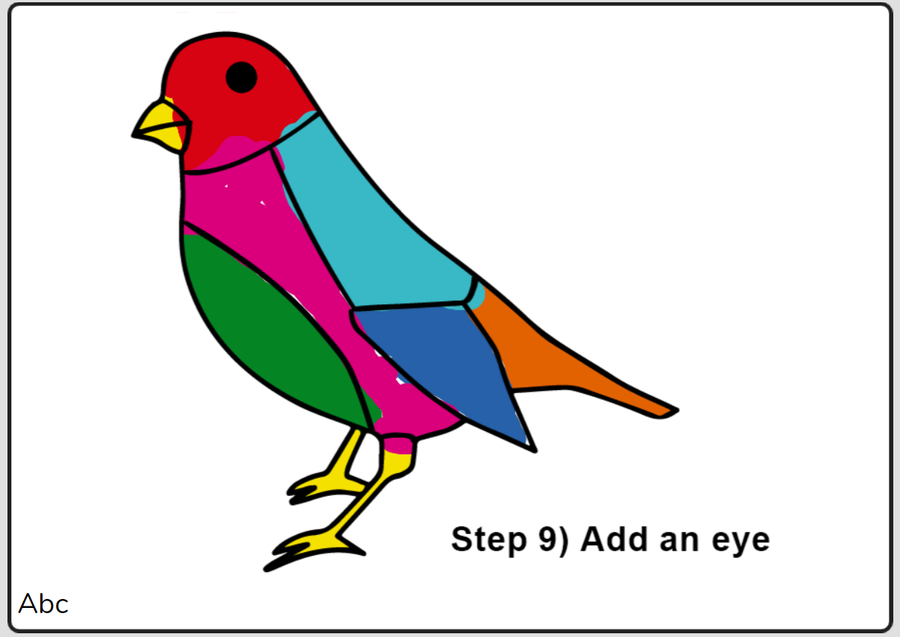
“Algorithms are a set of instructions” (Johanna Yr1) “You need to follow the instructions very carefully otherwise it won’t turn out right. If you make a mistake, go through the instructions again and see where the mistake is and fix it.” (Connie Yr1)
Digital Literacy involves using ICT purposefully as a tool for learning. Our children learn to use the internet to search for information, use the keyboard to type text, make modifications to their work including changing the font size and colour, and to save and retrieve their work. The children use iPads or digital cameras to take their own photos and videos and learn to manipulate these images. 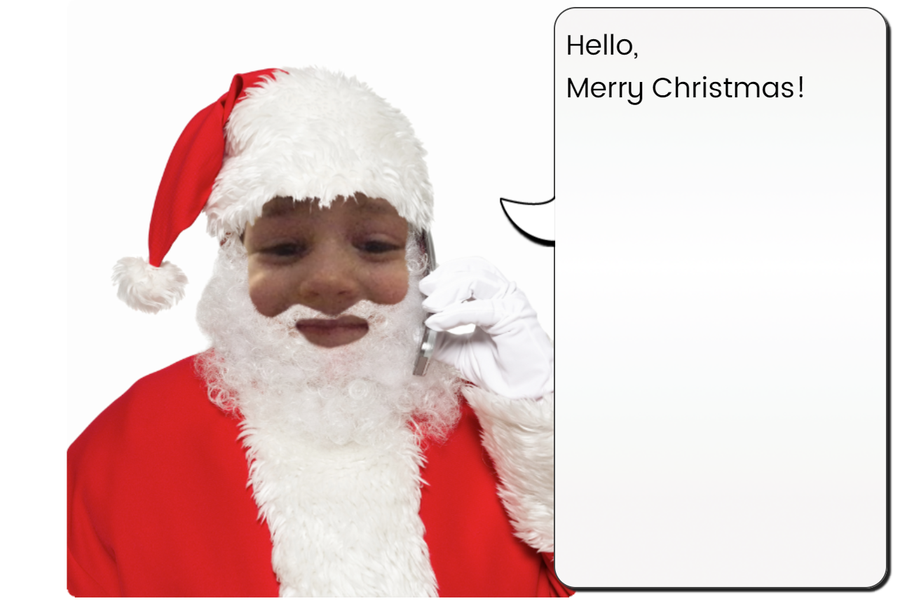 Year 1 using Mash Cams
Year 1 using Mash Cams
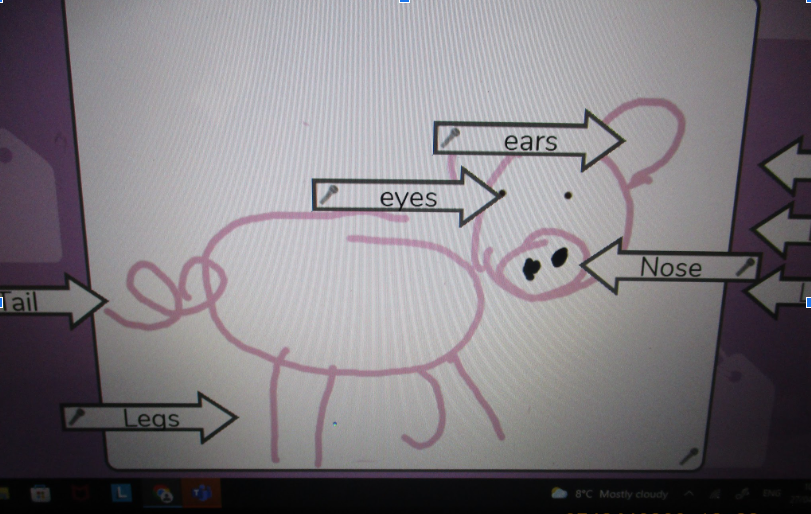
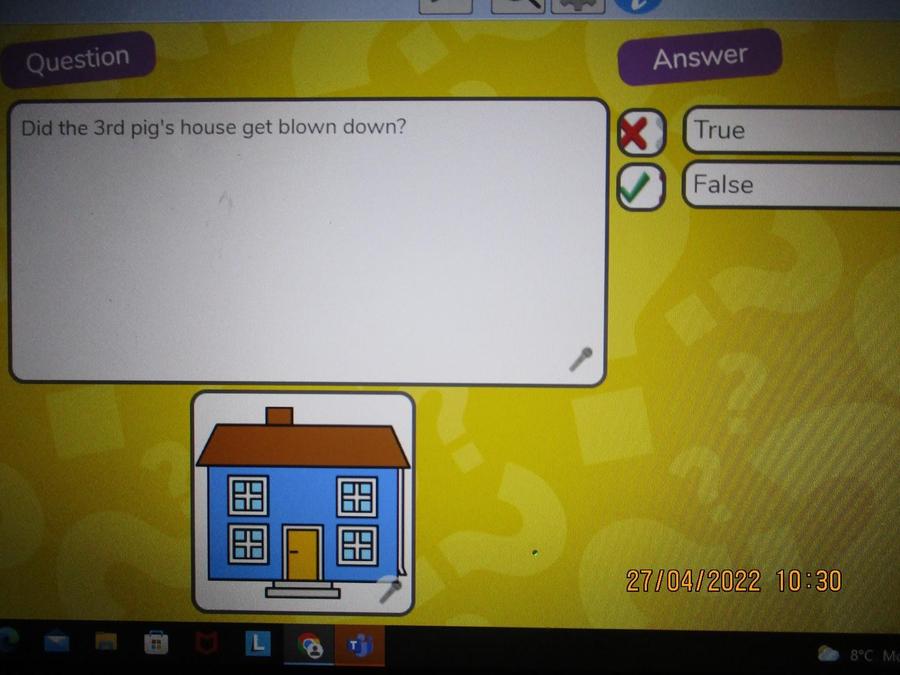
Presenting Information: Creating a quiz in Year 2
Information Technology is the understanding of how IT is used beyond school and how to keep safe on the internet. Our children are encouraged to experience IT in the wider world and at home.
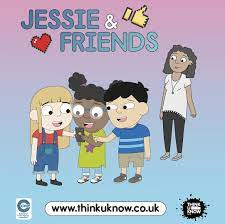
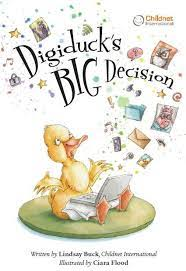
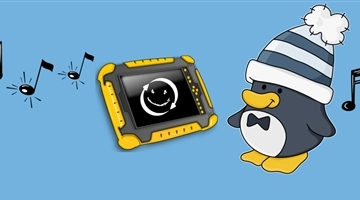
Jessie and Friends (Thinkuknow) Digiduck (Childnet) Smartie the Penguin (childnet)
Some of the resources we use to support the teaching of E-safety from thinkuknow.co.uk and childnet.com
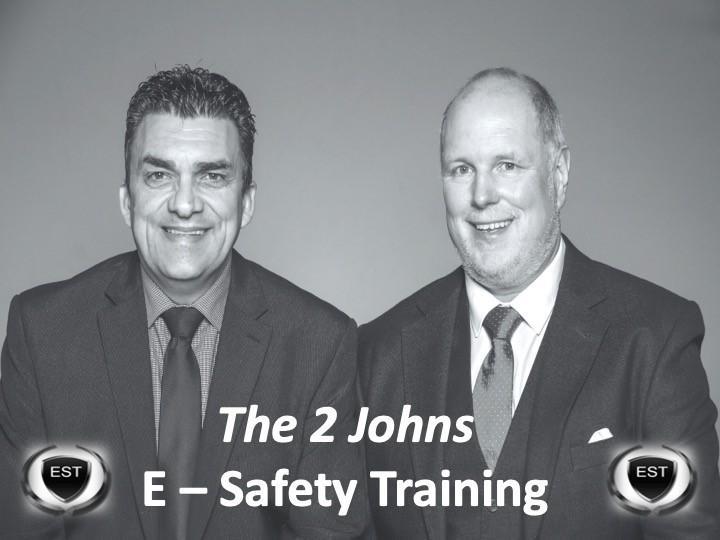
The 2 Johns have worked with the children, staff and parents at our school, on a regular basis, helping us to stay safe online. (Photograph supplied for use by esafetytraining.org 11th May 2022)
We deliver a curriculum that:
• Allows children to use a range of software to develop their computing skills in structured lessons.
• Allows children to become independent learners and be curious in the use of technology in the world around them, supported by the carefully planned resources in the continuous and enhanced provision.
• Educates children about the online world and how to keep themselves safe by following the e-safety rules.
• Encourages children to be problem solvers.
• Allows children to make at least expected progress with their computing skills from our youngest, children in Reception to our children in Year Two.
• Covers the statutory framework of the EYFS and all programmes of study for the computing curriculum in KS1.
Impact
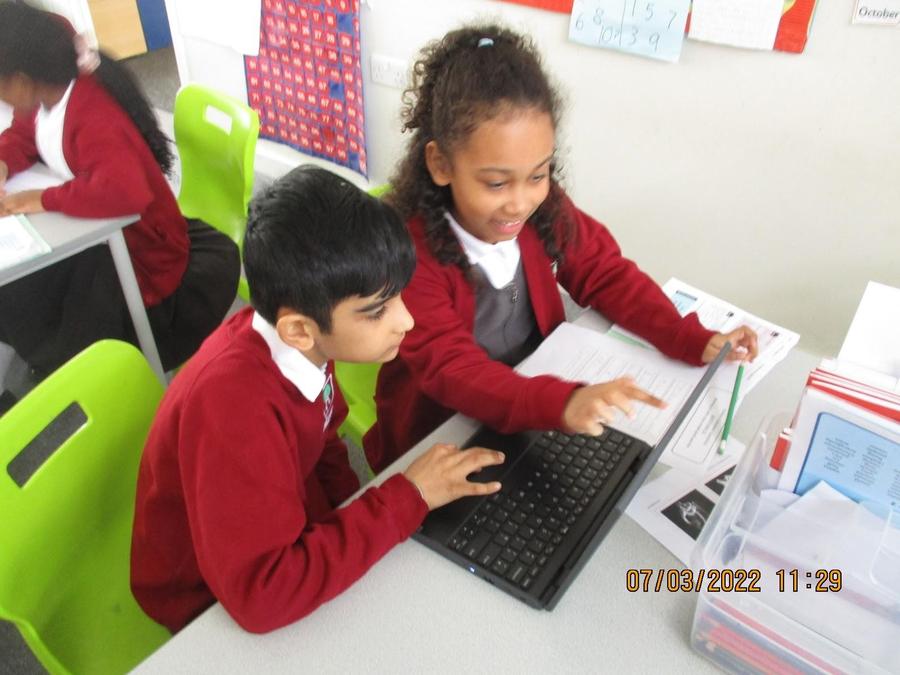
At Alderton Infant School, we believe that a high-quality Computing education will help pupils to be independent and to gain a clear knowledge and understanding of computer hardware and software, enable them to talk about the choices they have made and explain why they have used the technology they have chosen. As children become more confident in their abilities in Computing, they will become more independent and key life skills such as problem-solving, logical thinking and self-evaluation become second nature. The curriculum is designed to be sequential building on areas worked on in previous years, allowing children to build on their previous skills and allowing peer to peer support across many areas of the curriculum.
We strive for every child to achieve their full potential in Computing. We want them to be ready for their next stage in learning and best equipped for the safe use of technology throughout their lives both academically and socially.
